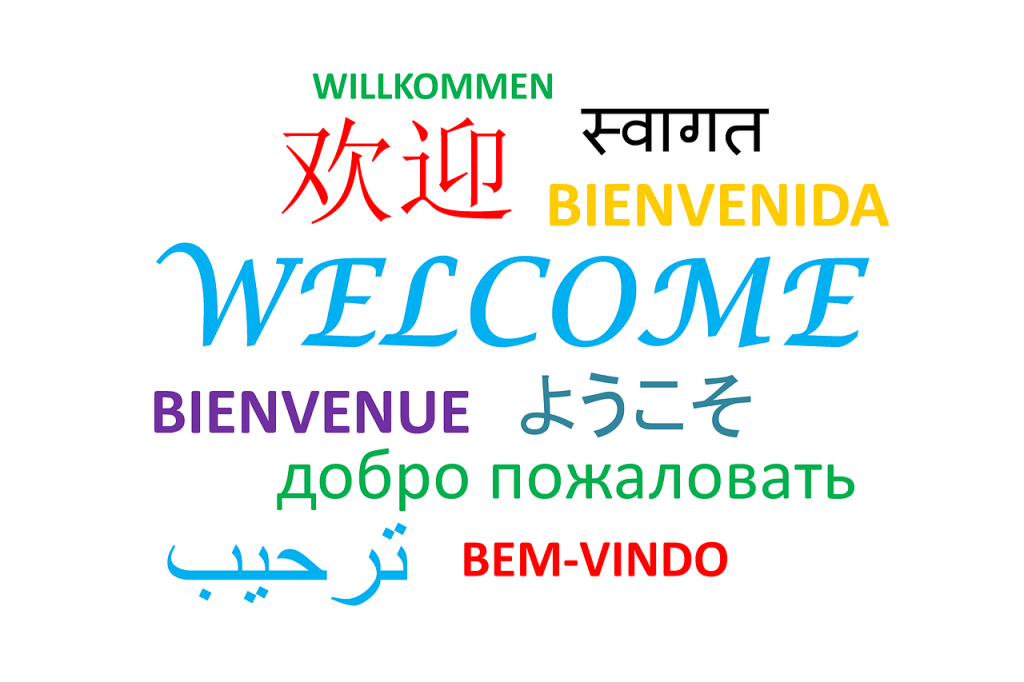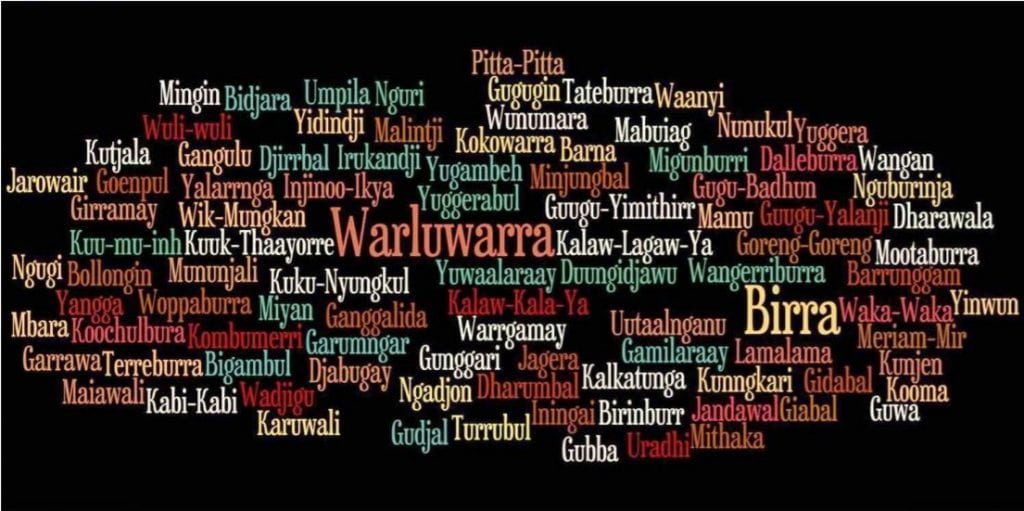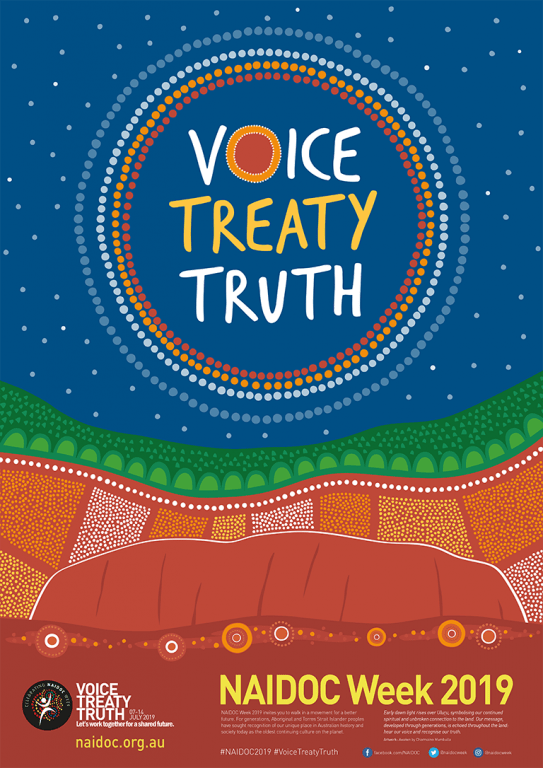I fell in love with Mr Darcy as a teenager.

Colin Firth as Mr Fitzwilliam Darcy in 1995 BBC’s Pride and prejudice TV series. Courtesy of Jane Austen Centre, Bath. www.janeausten.co.uk
Not the Austen version of Mr Darcy, but Colin Firth version in the BBC mini-series of Pride and prejudice. His smouldering eyes, broad shoulders and clipped accent was enough to make this girl blush and we all know I am too brown to blush!
With that started the greatest love affair I’ve ever had.
I INHALED the TV series, read the book, devoured any adaptation,version and variation I could find. I looked for sequels, hunted for parodies and searched for spin offs. I realised that my infatuation had gone beyond just the Austen version. I watched and read anything that remotely was associated with this book including ‘Bridget Jones’ Diary’ and the Bollywood adaptation of ‘Bride and Prejudice”.
But this new subject of mine made me ponder how the various versions and adaptations would be organised. Then I came across an acronym – FRBR that boggled my mind.
FRBR – Functional requirements of bibliographic records is a conceptual model of thinking about resources that are similar (Hider, 2018). The model seeks to separate resources on different levels depending on their relationship to the original version. As a theoretical model rather than a standard, FRBR forces the cataloger to identify the line in which a new work differs enough from its original form.
In perfect truth, this whole concept was so puzzling to me at first. I struggled to understand how the pieces all connected together. Then whilst on my winter break I started to read another adaptation of ‘Pride and Prejudice’ but from Mr Fitzwilliam Darcy’s point of view. I thought that if I placed all the versions in a table, I would maybe understand it all a bit better.
IT WORKED!
| Equivalent | Derivative | Descriptive | |||
| Original | Same work | Catalogued as new work | |||
| Original | Variations or Versions | Adaptations | Change of Genre | Reviews, criticisms, evaluations, commentaries | |
| Pride and Prejudice by Jane Austen, 1813. | Pride and Prejudice by Jane Austen, Arawa Edition, 2016
Oxford University Press, Pride and Prejudice by Jane Austen Penguin English Library, UK Edition, ebook |
Pride and Prejudice and Zombies by Seth Grahame Smith and Jane Austen
Emoji pride & prejudice by Katherine Furman, Chuck Gonzales and Jane Austen Darcy swipes left by Courtney Carbone and Jane Austen Pride and Prejudice, BBC TV mini series 1995 Pride and Prejudice, film, 2005 |
Death comes to Pemberley by P.D. James
The Independence of Mary Bennett By Colleen McCollough Bride and Prejudice, film, 2004 Bridget Jones Diary, film, 2001 |
A study guide for Jane Austen’s Pride and Prejudice by Cengage Learning Gale, 2017.
Pride and Prejudice SparkNotes Literature Guide by SparkNotes, 2014. |
|
It made sense to me, that line between original work and versions be organised under the original author’s name but adaptations, parodies and commentaries need to be catalogued with citation to the creator that did the ‘new work’. But this is where tagging comes in use. Cataloging needs to be precise and organised so that the source can be easily identified and found. Tagging/Subject headings, when indexed, allows the user to search for similar items even though the author and or titles may vary. For example, on the right side of this webpage, you can see the tags that are linked to various blogs on this site. The tag allows the user to search up all related posts to that tag. It is less specific than a title and or author search in finding a resource.
I broke down three resources further to illustrate how the metadata varies between them. You can see that the tags “women in England – fiction”as well as some others would be useful in finding Austen adaptations.
| Title | Pride and Prejudice | Emoji pride & prejudice: Epic tales told in tiny texts | Darcy swipes left |
| author | Jane Austen | Furman, Katherine. | Jane Austen
Courtney Carbone |
| SCIS no | 1534030 | 1838651 | 1838656 |
| ISBN | 9780198329961 | 9781631063244 | 9781101940532 |
| Publisher | Oxford, Oxford University Press, 2010 | New York, New York, Race Point Publishing, 2016 | New York, Random House Children’s Books, 2016 |
| Publication date | 2010 | 2016 | 2016 |
| series | Rollercoasters | Condensed classics | OMG classics! |
| Edition | Hardback edition. | 1st edition | |
| Subject tags | Women in england – fiction
Social classes – fiction Family relations – fiction Dating (social) – fiction Brothers and sisters – fiction England social life and customs – 19th century – fiction |
Women in England – fiction
Austen, jane – adaptations Austen, jane – parodies Women in england – fiction Brothers and sisters – fiction Social classes – fiction Family relations – fiction England social life and customs – 19th century – fiction |
Austen, Jane – adaptations
Austen, jane – parodies Women in england – fiction Brothers and sisters – fiction Social classes – fiction Family relations – fiction E-books, England -social life and customs – 19th century – fiction |
This whole exercise has been very useful for me to understand this task and subject. It also has helped me find some other versions of Mr Darcy. I am not yet quite up to the 50 shades of Fitzwilliam Darcy, but I am definitely getting closer!
Hider, P. (2018). Information resource description: Creating and managing metadata (2nd ed.). London: Facet.




